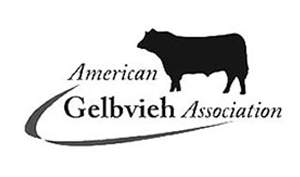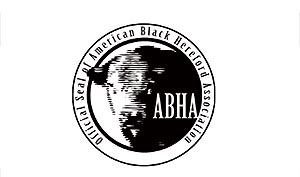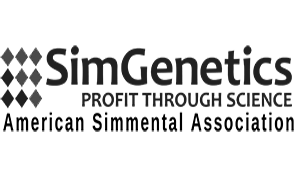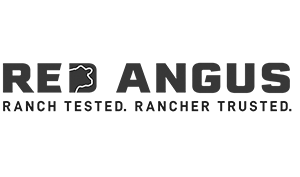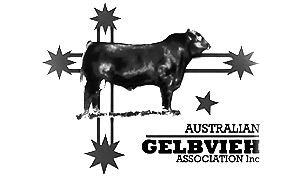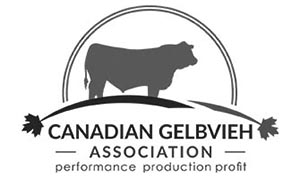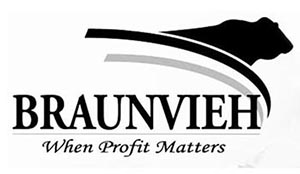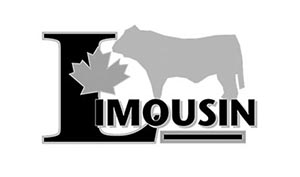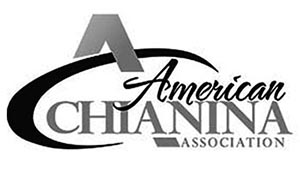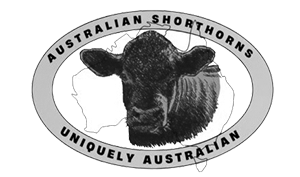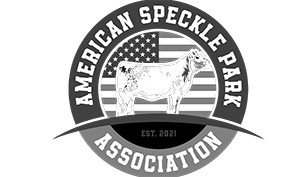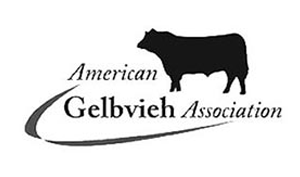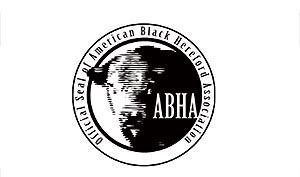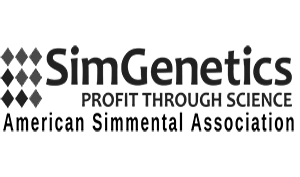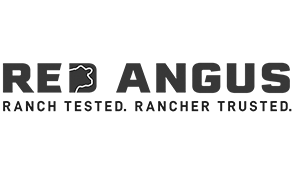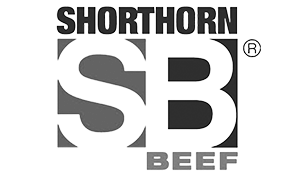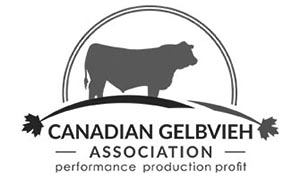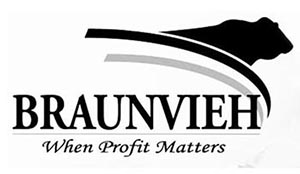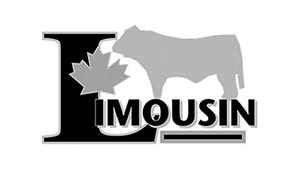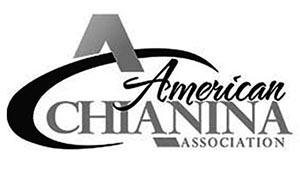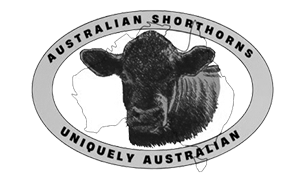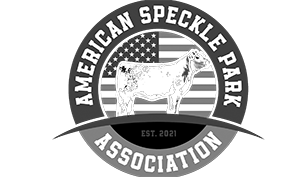Join IGS and Theta Solutions as a Genetic Data Scientist advancing innovation in livestock genetics worldwide. Help Power the World’s Largest Multi-Breed Genetic Evaluations. (Remote)
Open Position:
Theta Solutions and IGS seek a Genetic Data Scientist to develop and conduct livestock genetic evaluations worldwide.
The role includes working across a diverse set of research and development priorities, implementing new and improved genetic models and methodologies, and supporting projects for both Theta Solutions and IGS clients. Multidisciplinary collaboration, multitasking, and stakeholder engagement will be essential.
IGS Feeder Profit Calculator
A free tool to help commercial producers, marketers, and buyers objectively identify and share the profit potential of feeder calves.
IGS Multi-breed Evaluation
IGS manages the largest multi-breed beef cattle evaluation in the world, using the most advanced technology to combine data and compare EPD across breeds for effective herd improvement.
IGS Commercial Focus
A global collaboration of major beef breed associations seeks to empower commercial cattlemen with genetic insight and more powerful tools for better breeding decisions.
Read MoreAnnouncements and Updates
IGS Releases Dry Matter Intake EPD and $Gain in Research Release Format
Expected progeny differences (EPD) for Dry Matter Intake (DMI) and $Gain (an economic subindex) have been released by the International Genetic Solutions (IGS) science team in a research release format. The purpose of these traits is to help breeders better characterize terminal performance by evaluating genetic differences for feed intake and the profitability potential associated with growth relative to intake.
The IGS science team is committed to the development of genetic tools that aid breeders in making commercially relevant selection decisions. Being able to identify animals with genetics for more efficient growth relative to feed intake is an industry-wide concern. Feed intake records submitted to IGS partner breed organizations and the existing growth records database were used to develop the DMI EPD and $Gain, which is an economic subindex that weighs an animal’s growth potential with respect to its intake to provide a snapshot of that animal’s profitability potential in the feedlot growing phase (growth relative to intake). An extensive validation process was performed to ensure DMI and $Gain were reflective of the existing growth and feed intake records.
DMI EPD:
The DMI EPD is expressed as the difference in pounds of daily dry matter intake. A lower EPD is more desirable, as this is representative of the genetic potential for progeny to consume less feed. For example:
Bull A = 1.00 DMI EPD
Bull B = 0.00 DMI EPD
You would expect progeny from Bull B to eat 1 pound less daily dry matter of feed compared to progeny from Bull A.
$Gain:
$Gain is a prediction designed to identify animals that are more profitable in the feedlot by converting feed into weight. $Gain is a combination of Dry Matter Intake EPD (DMI) and Average Daily Gain EPD (ADG), where ADG is weighted by the value of a pound of gain, and DMI is negatively weighted by the cost of a pound of dry matter. $Gain is expressed as the dollar difference per head per day during the post-weaning period, and a higher value is more desirable.
For example:
Bull A = $0.10 subindex value
Bull B = $0.00 subindex value
You would expect progeny from Bull A to be $0.10 more profitable per day than progeny from Bull B due to a combination of feed requirements and growth potential.
As research EPD, these will be released monthly to incorporate new data as it is received by IGS. It is important to acknowledge that development of both metrics into a weekly genetic evaluation is still under development and may take some time.
Data Collection
The IGS science team encourages producers to submit feed intake records on their animals to their breed association staff, which can then be uploaded to the IGS multi-breed database. Reporting feed intake data will greatly help bolster the genetic evaluation, improve prediction accuracy, and help to accelerate the launch of DMI into a weekly genetic evaluation. Members are encouraged to follow these guidelines for feed intake data collection. For more information, members should visit the Beef Improvement Federation guidelines available at guidelines.beefimprovement.org.
Individual feed intake records are often taken post-weaning or around yearling age.
Warm-up period: Depends on the background of the cattle and the type of feed intake system. If calves are already accustomed to eating out of bunks, a seven-day warm-up period with the feed intake system is likely adequate. For cattle that have not yet been bunk-broke, they could need up to a 21-day warm-up period.
Feed Intake Test: Recommend a 42-day minimum, which allows for missed days due to weighing or problems with the intake measurement. Records should be submitted as a measure of dry matter intake. No as-fed data should be reported.
Producers are encouraged to evaluate DMI and $Gain predictions and compare with their expectations. Producers that have any questions, or those who have submitted feed intake data and would like a full download of EPD on their animals, should contact IGS at IGS@InternationalGeneticSolutions.com.
IGS News
Benefits of IGS Genetic Evaluation
The mindset behind this type of genetic evaluation compared to a single breed elevation is the more steam (data) added, the more powerful the engine (IGS) can run.


Stayability EPD. Does it Work?
Since its development, the stayability EPD has been published by multiple breed associations, but how reliable is this EPD for predicting cow longevity? To examine this question, over 140,000 daughters from high-accuracy bulls for stayability from the IGS database were analyzed.
Value-Added Premiums $50 Per Head, Data Show
Weaned calves are worth an average of about $50 per head more than their unweaned herd mates. That’s according to new data compiled from 393,600 calves sold through Superior Livestock Auction’s summer 2020 video sales.
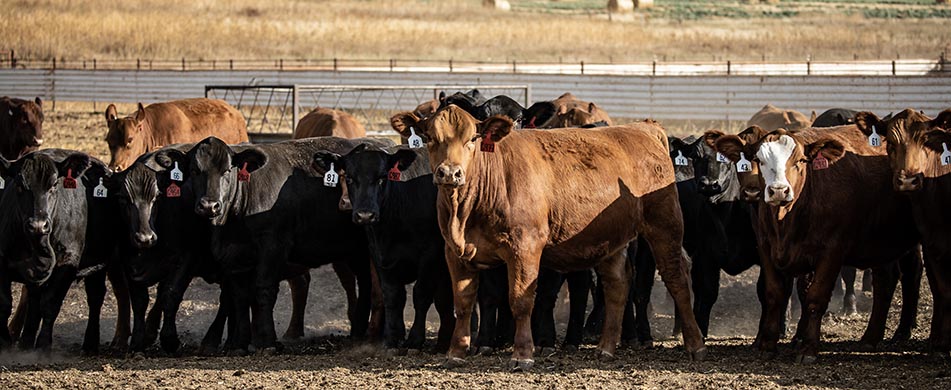
IGS Partners
